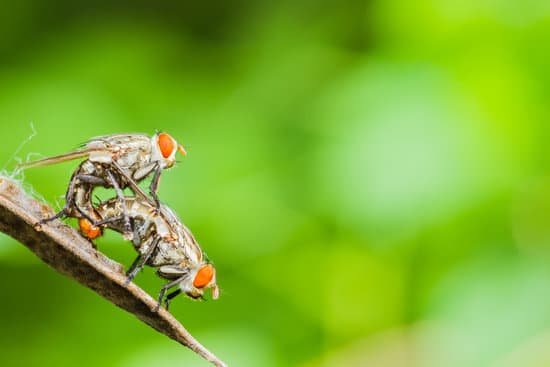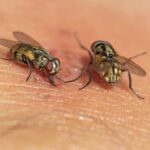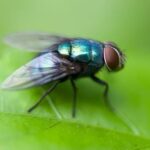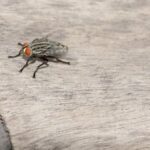Do Flies Give Birth to Live Young?
Flies lay eggs on the ground and develop into maggots and larvae. These insects complete their life cycle in about a week. The next stage is pupae. Adult flies emerge from pupae after the second instar. They are less than a centimeter long.
Adult flies can live for 15 to 25 days. They can also live for more than two months if they are fed well. In addition, they will survive for two to three days without food. Moreover, they live longer in cooler temperatures. They can also reproduce for a longer period of time if they eat food, which is necessary before copulation. This process takes less than two minutes, and the male and female flies are separated by about two to fifteen minutes. Female flies require protein, which is not available in manure alone.
While some scientists have suggested that flies give birth to live young, a more thorough study of their habits is necessary to understand their reproduction. Female flies produce one egg at a time, which is fertilized by the mother in the uterus. The resulting maggot weighs about half the mother’s weight and lives on its mother’s body. The larvae then feed on milk-like substance produced by the uterus gland. This gland is large and bifurcated and contains hundreds of thousands of cells. The milk produced by the gland contains water, proteins, and fats. The proteins and fats are similar to the human breast milk. However, the production of milk is highly taxing on the mother fly.
Tsetse flies, another insect known for transmitting sleeping sickness, have a very different approach to reproduction. While most insects give birth to young that are smaller than their mothers, tsetse flies have an extreme reproduction strategy. They can give birth to young that are 100 percent the size of their mothers.








